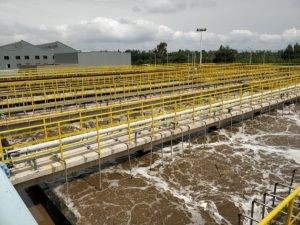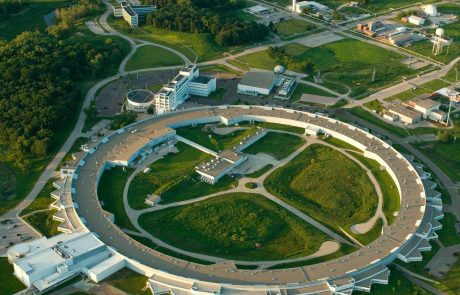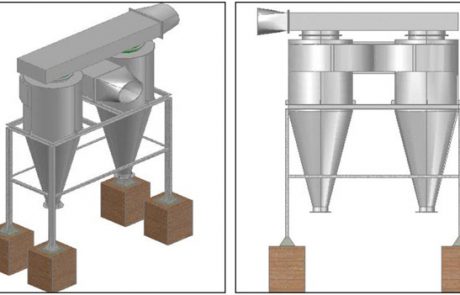
Wastewater Primary Treatment
Wastewater Primary Treatment is the first step in the water treatment process meant for removing suspended solids (TSS), oil and grease, colour, and odour. The key components in this step are screens, grit chamber, flow equalization tank, and clarifier.
In Wastewater primary treatment, wastewater is fed to a screen to remove all large objects that are suspended in the water. If these solids are not removed before the treatment, they can get clogged in downstream equipment which may cause damage to them and create process inefficiency.
After this, the water gets into a grit chamber where the grit is removed. Grit includes sand, gravel, eggshells, bone chips, seeds, and other materials. Grit removal is necessary to reduce massive deposits in aeration tanks, digester, channels, and conduits. It has the advantage of protecting the mechanical equipment from wear and tear.
The next step in Wastewater Primary Treatment consists of primary settling tanks. These tanks are usually large in size and the solids settle down due to gravity and are removed as sludge from the bottom. Meanwhile, the oil floats on the surface and is skimmed off, 50-60% of the suspended solids get removed and a 30-40% reduction of the five-day biological oxygen demand can be expected.

Secondary Wastewater Treatment
Secondary Wastewater treatment is the second stage of wastewater treatment. In primary treatment, suspended solids, colloidal particles, oil, and grease are removed. In secondary treatment, biological treatment is done on the wastewater to remove the organic matter present. This treatment is performed by indigenous and aquatic micro-organisms like bacteria and protozoa which consume biodegradable soluble contaminants like sugar, fat, detergent, and food waste. These processes are sensitive to temperature and with an increase in temperature, the rate of biological reactions increases.
Secondary Wastewater treatment is divided into two different treatment processes:-
1. Aerobic Treatment: Aerobic wastewater treatment is a biological treatment that uses oxygen to break down organic matter and remove other pollutants like nitrogen and phosphorus. Aerobic treatment technologies are:
Activated Sludge Process (ASP) / Extended Aeration System (EAS)
Sequential Batch Reactor (SBR)
Moving Bed Bio Film Reactor (MBBR)
Membrane Bioreactor (MBR)
2. Anaerobic Treatment: Anaerobic treatment is a process where wastewater or material is broken down by micro-organisms without the aid of dissolved oxygen. However, anaerobic bacteria can and will use oxygen that is found in the oxides introduced into the system or they can obtain it from organic material within the wastewater. Anaerobic treatment technology is Up-flow Anaerobic Sludge Blanket Reactor (UASB)








